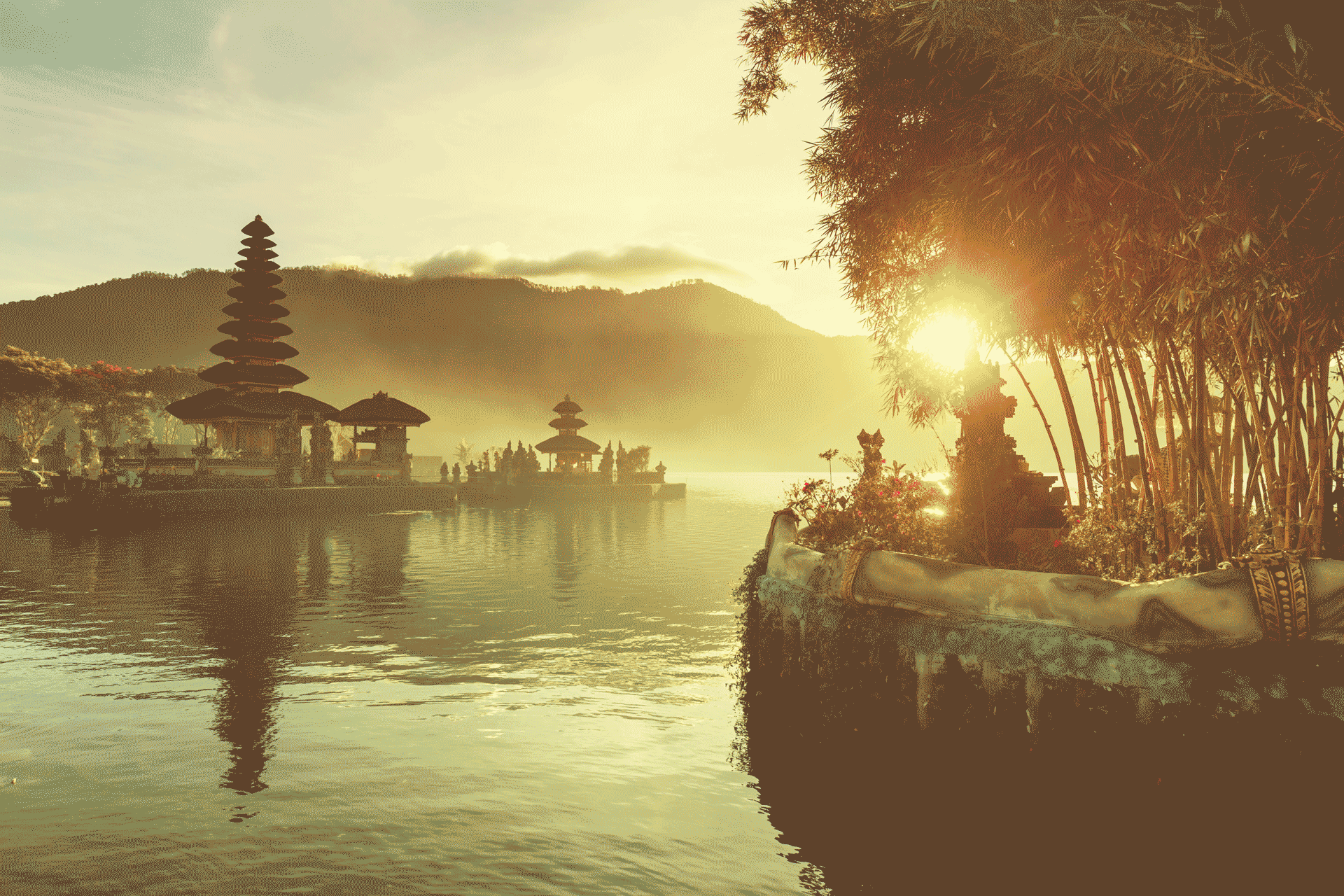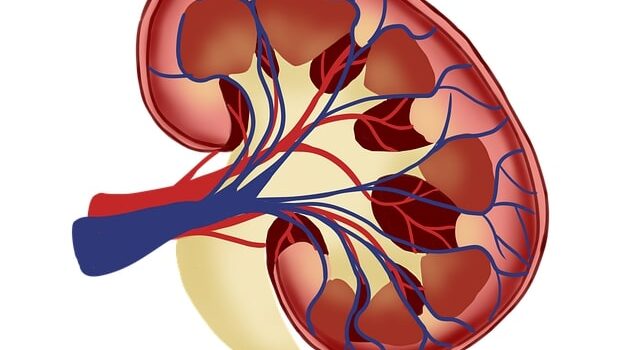
Kidney stones, also referred to as renal calculi, nephrolithiasis, or urolithiasis, are hard mineral and salt crystals or aggregates that grow within your kidneys when solutes’ concentrations in the urine reach excessive levels or the urine volume reduces. Kidney stones are a prevalent problem with an incidence of 8 per 1000 individuals per year.
Kidney stones necessitate prompt treatment before they persist and precipitate unbearable pain and deteriorating health conditions. Hence, reaching out to a urologist through oladoc.com is highly recommended.
SYMPTOMS
A small kidney stone that gets lodged in the ureters (tube that connects kidneys and the bladder) or a large-sized stone can obstruct the urinary pathway thereby producing symptoms of pain in the back and sides below the ribs (flank) that can be intermittent with sudden onset and varying intensity, often sharp and intense. The pain is often recorded to radiate to the lower abdomen and groin. You might also be able to feel a burning sensation upon urination.
Pink, brown, or red-tinged urine, with foul-smelling, and cloudy characteristics is often reported by patients with kidney stones. They might also complain of increased urinary frequency, difficulty passing urine, nausea, vomiting, and sometimes fever and chills if a UTI persists.
RISK FACTORS
Family History or Personal History
You are more likely to acquire this condition if you or one of your family members carry a history of developing kidney stones in the past.
Dietary Habits & Supplementation
A high-protein, sugar, and especially sodium-based (salt) diet is associated with an elevated risk of certain forms of kidney stones. Excessive salt in your diet leads to the increased excretory activity of calcium by the kidneys, thereby increasing the risk of forming calcium deposits substantially.
Kidney stones can be exacerbated by nutritional supplements particularly vitamin C, extensive use of laxatives, calcium-based antacids, and some migraine and depression drugs. This is attributable to the interrupted absorptive mechanisms of calcium and water in the kidneys.
Dehydration
Decreased water intake and hot and dry areas may predispose to stone development as well.
Obesity & Other Medical Conditions
A high body mass index (BMI), increasing weight, and waist circumference are highly linked with the formation of kidney stones. The conditions like renal tubular acidosis, cystinuria, hyperparathyroidism, and recurrent urinary tract infections can further exacerbate the risk of stones.
A QUICK SNEAK PEEK INTO CATCHING THOSE STONES
Upon reporting a bout of renal colic, the initial step is to rule out any problems that warrant an emergency room visit, followed by pain relief, ideally with a nonsteroidal anti-inflammatory medicine.
Urinalysis and blood tests to find out excretory and serum levels of stone-forming and stone-preventing substances respectively, urine culture to rule out the possibility of UTI, and imaging modalities including high-speed or dual-energy CT scan and ultrasound can detect even the tiniest of stones in the urinary tract.
These tests make up the major part of diagnostic workup that are used to confirm the diagnosis and rule out diseases that necessitate aggressive stone removals, such as urinary infection or a stone bigger than 10 mm.
Pain alleviation, medical expulsive treatment with an alpha-blocker, and follow-up imaging within 14 days to monitor stone location and screen for hydronephrosis are all part of conservative care. Asymptomatic kidney stones should be monitored with periodic imaging and extracted if they crystallize and precipitate symptoms, clog the urinary tract or cause recurrent infections.
You are advised to make an appointment with the Best Urologist in Lahore if you get to experience any of the symptoms discussed above before it affects your physical as well as mental well-being as well.
Read more interesting articles at Good Thing2









